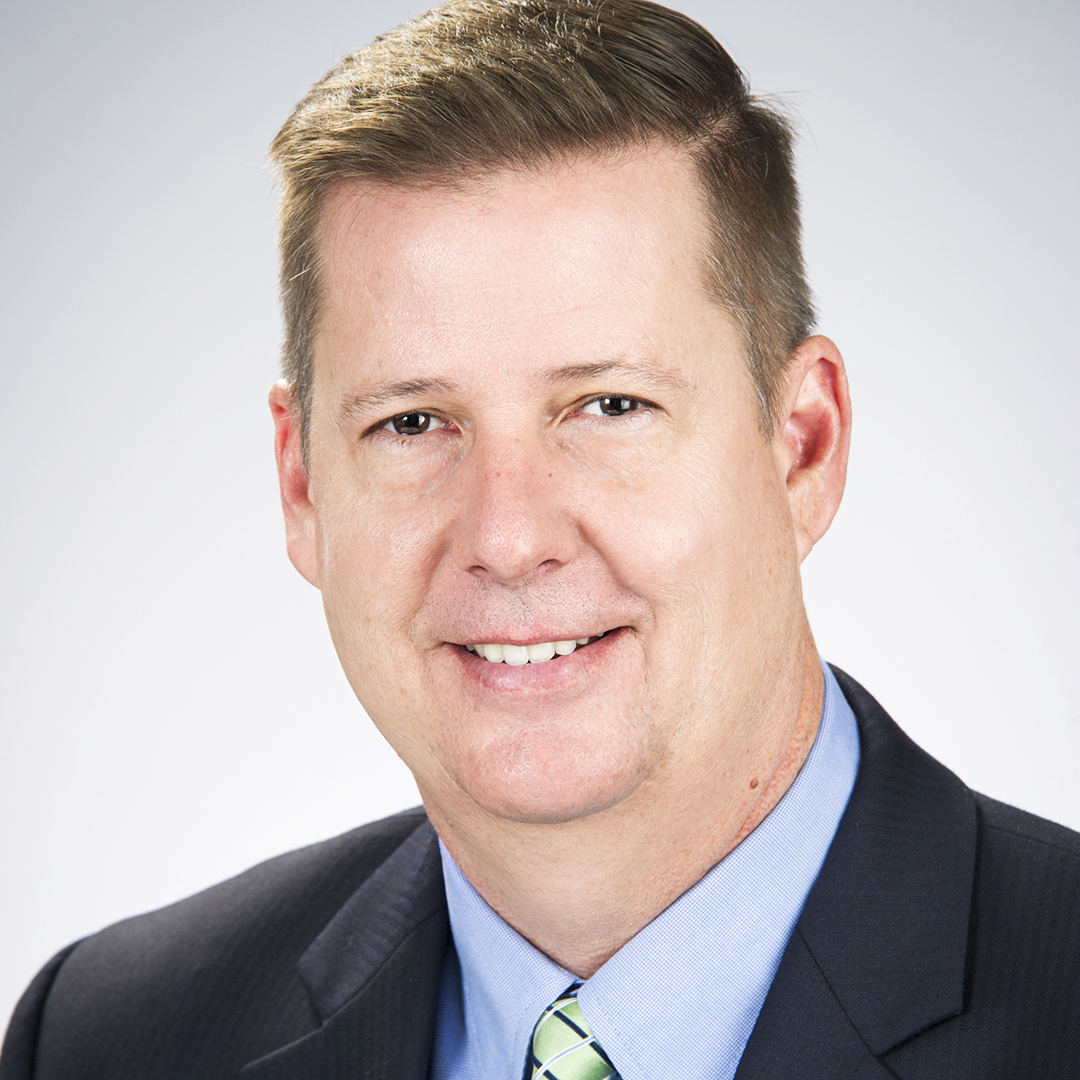|
Getting your Trinity Audio player ready... |
In March and April 2020, the novel coronavirus pandemic swept through the United States, threatening to overwhelm the healthcare system and forcing hospitals to staff up for a spike in admissions. “The coronavirus caused the healthcare industry to mobilize and move clinicians at a volume and pace that no one had seen or imagined before,” said Dan White, president of workforce solutions for AMN Healthcare.
Companies like AMN provided essential support for healthcare organizations during the pandemic. AMN helped mobilize thousands of clinicians to fill acute needs created by the virus during the first forty-five days of the outbreak. High demand for clinical talent was present well before the pandemic, though, and will continue far beyond it.
The art of healthcare staffing is and has been in flux. Over the past decade, other industries have improved recruiting and retention best practices significantly, and healthcare is still catching up, White says. AMN, the largest healthcare total talent solutions company in the United States, is driving the change toward more optimal hiring and deployment of healthcare personnel.
Today’s healthcare labor force is composed of three main types of employees: permanent full-time staff, contingent or temporary workers, and float resources. “That’s true pretty much across all disciplines from individual contributor all the way up to leadership,” White says. The challenge facing all healthcare organizations is to seamlessly predict staffing needs and integrate all three categories of workers to maximize the efficient allocation of resources.
Moreover, half of the costs of a healthcare organization are related to labor. “Optimizing talent directly correlates with how well your system is going to do,” White says. “Making sure you have the right number of people from each category is how you achieve both cost goals and quality outcomes.”
This requires a significant investment in technology and know-how to analyze the data for forecasting labor and skills needs and then deploying healthcare professionals where and when they are needed. Most healthcare organizations do not have this capability nor the financial resources to create, maintain, and upgrade the technology to reach true labor optimization on their own.
AMN has developed software that predicts hospital staffing needs “with 90 percent accuracy 90 days out,” White says. “Going floor by floor, unit by unit, we create a predictive model.” The model is fed by as many as two-hundred real-time data streams, including CDC data, weather, and event data to adjust the model incrementally over time.
Event data includes things like large sporting events, concerts, and festivals. A football game or concert, for example, may coincide with an uptick in emergency department visits just before and after the event. This real-time data enables hospital administrators to create an accurate staff scheduling plan for each day.
“Together, we can provide talent solutions that no one else has been able to provide.”
AMN also offers systems for medical personnel to choose the days and times to work. A mobile app provides an easy interface. “You select your shift in the app, and you’re booked—it’s as simple as that,” White says. This is far simpler and faster than having personnel at a workforce resource center trade calls with people at the last minute to fill open shifts, which is still the norm in most systems today.
As a company specializing in total talent solutions for healthcare, AMN is able to provide a level of service supported by dedicated technology that individual healthcare organizations can’t match. “When you can leverage these investments across many customers, you get better outcomes for less money,” says White. This model, which aids healthcare organizations in getting the right practitioners to where they are needed efficiently, also helps improve the overall quality of care and patient experience.
AMN also has partners that can provide recruiting services that assess if a job seeker would be a good cultural fit for an organization. One example offers mobile-based apps that “game-ify” skill assessments. Another example has an AI-based chatbot guide recruits through various scenarios to find out how a prospective employee would react to on-the-job challenges. Both of these lead to more engaging interviews that yield enhanced assessments and hires that support an institution’s values, White says. This robust prescreening process also saves time and money for the hospital’s hiring process.
Such services are the next step in outsourcing human resources in healthcare, White believes. Just as outsourcing of payroll and benefits are now commonplace, workforce optimization will follow, he says. The best methods for acquiring and deploying talent have become more sophisticated through data insights across many industries.
Having a strategic partner that, according to White, “knows a hospital’s clinical models, their culture, how they onboard—all the things you need to account for to move fast,” makes it far easier to balance their quality and financial objectives, and react to rapidly changing environments like during the COVID-19 crisis.
AMN and Randstad, the world’s largest staffing company of nonclinical talent, entered into alliance earlier this year to enhance AMN’s menu of services for clients, enabling the ability to source administrative, clerical, IT, and finance specialists as well as clinical personnel through one relationship. “Together, we can provide talent solutions that no one else has been able to provide,” says White.
It’s the next logical step in the evolution of healthcare labor optimization, and White and AMN are eager to lead the way.

